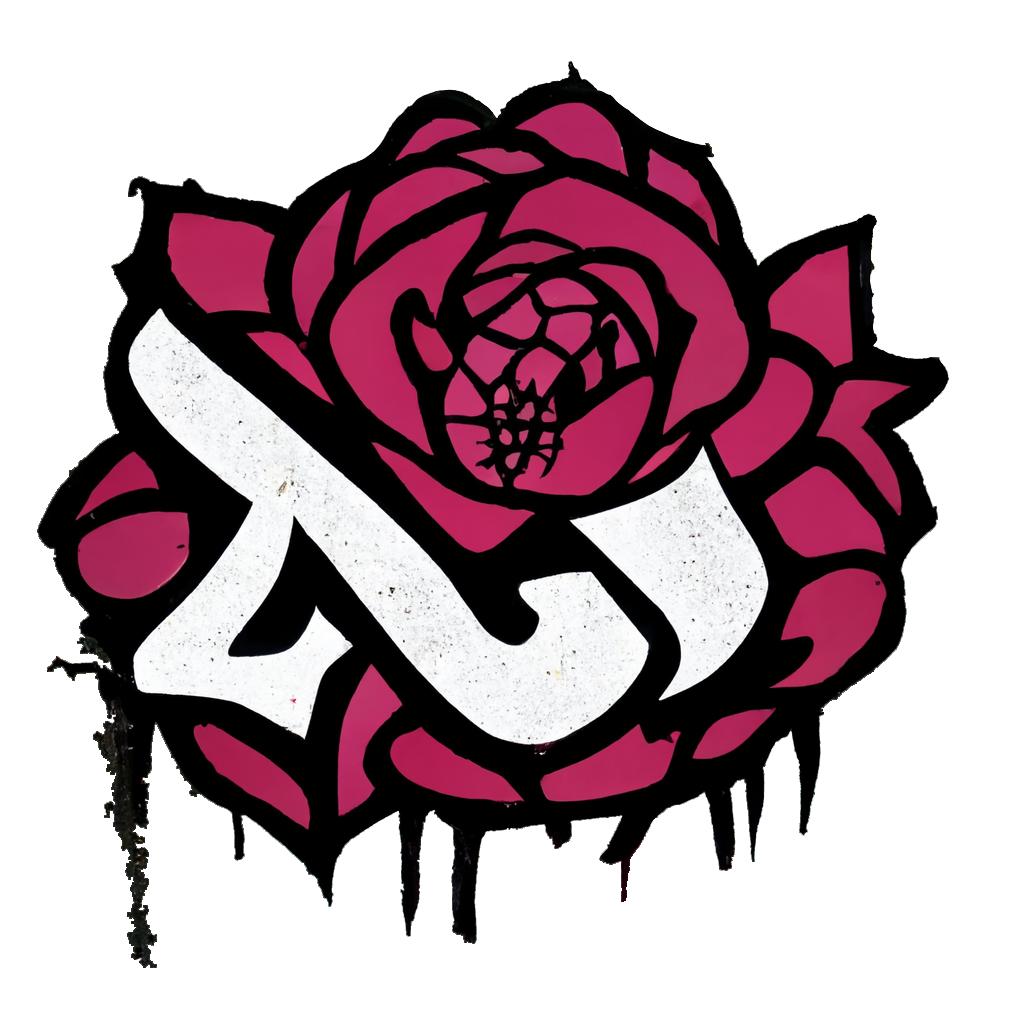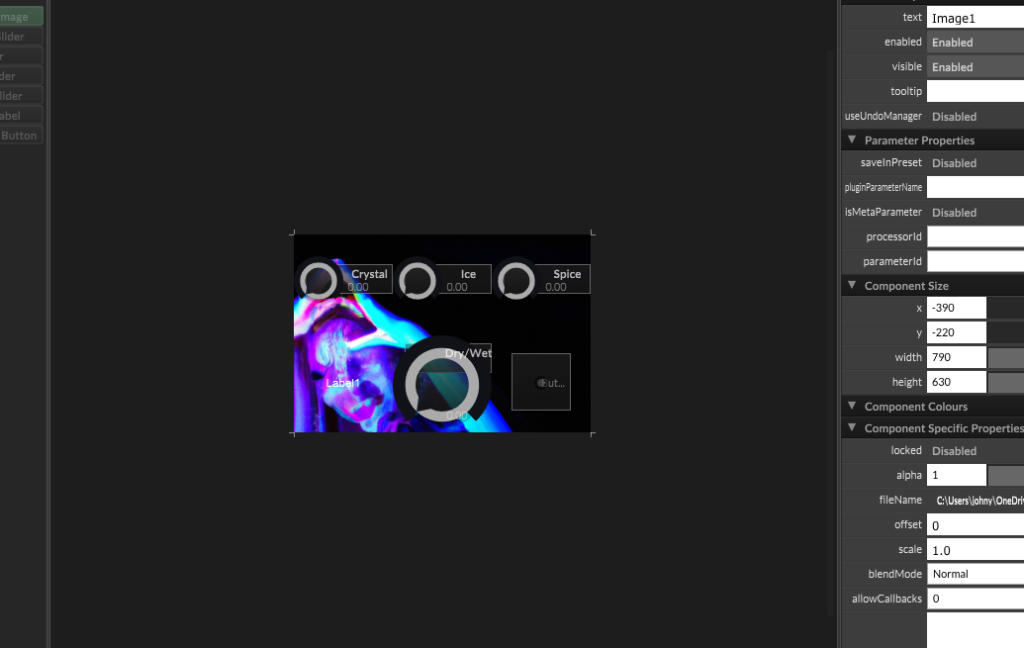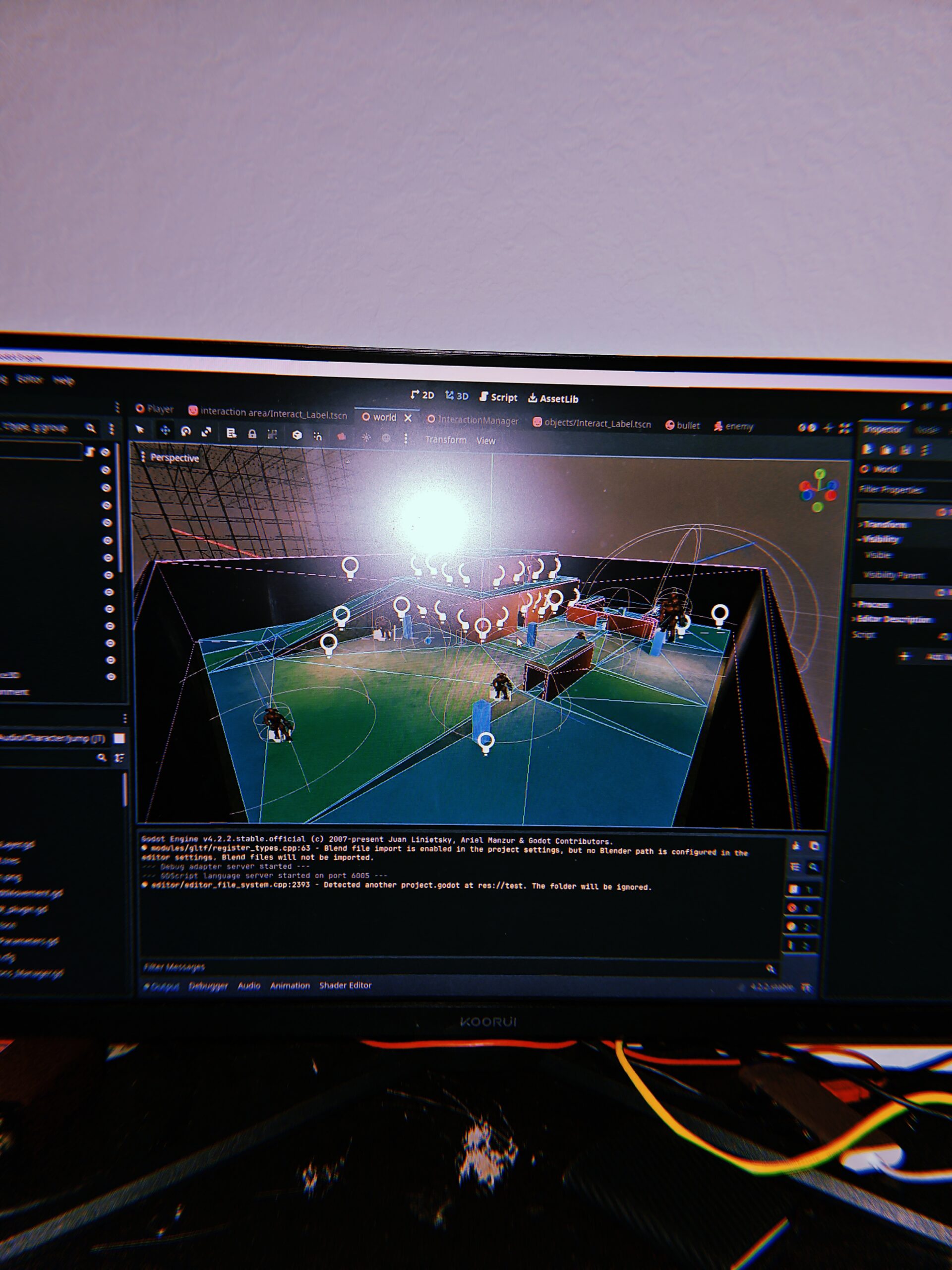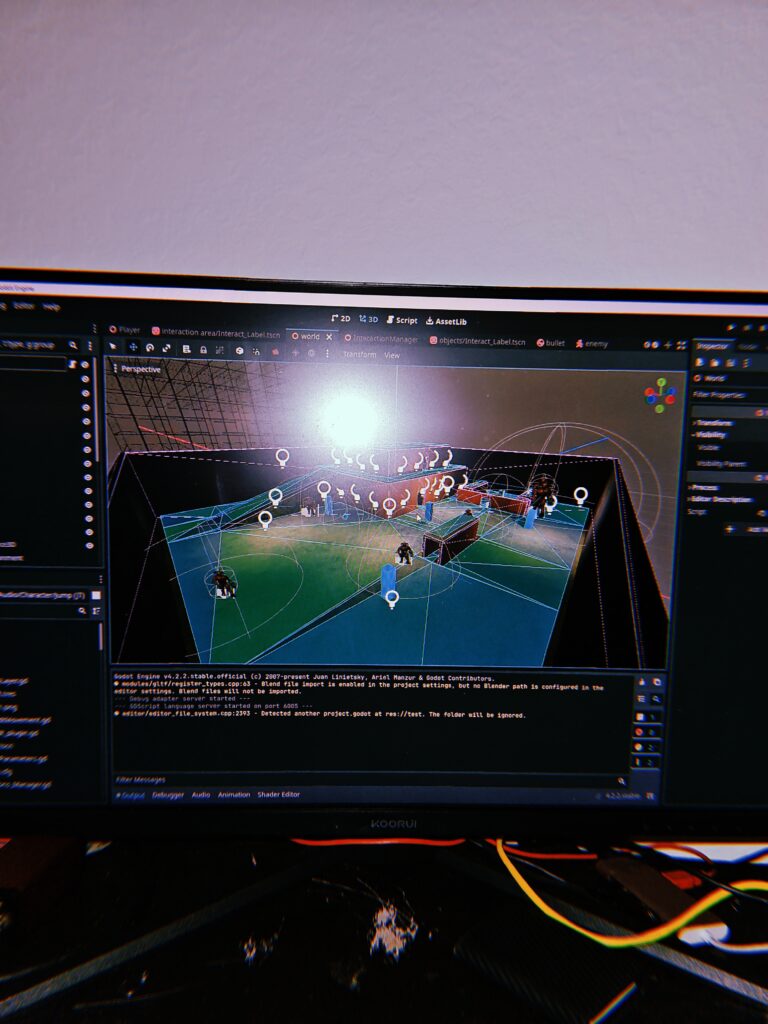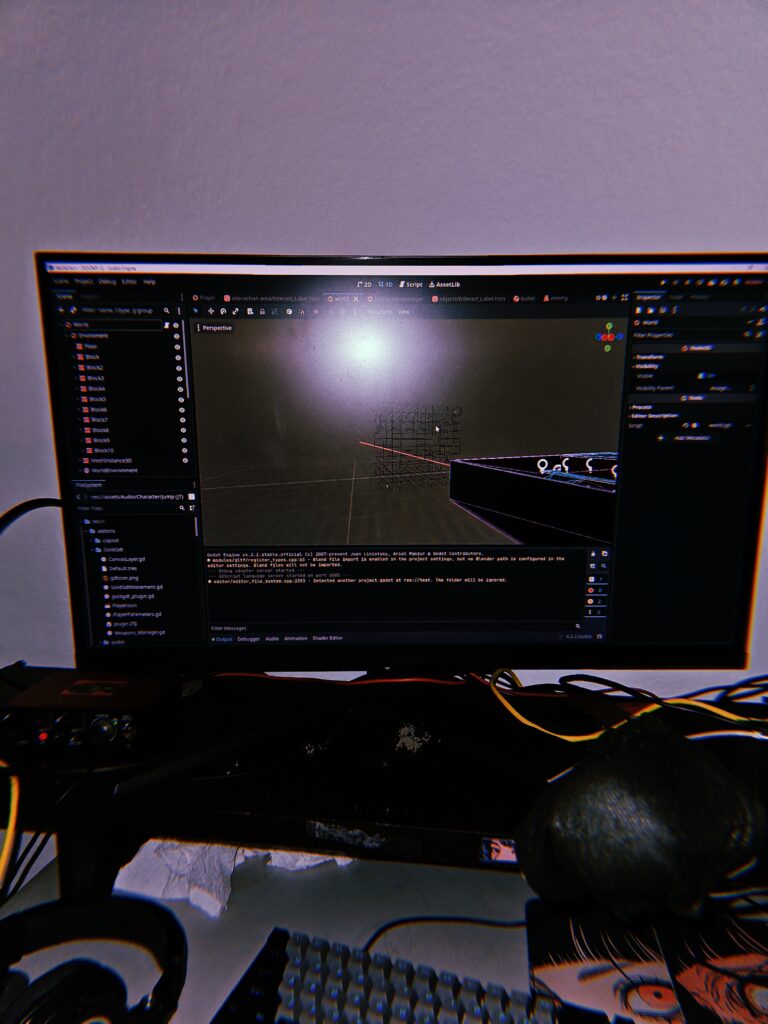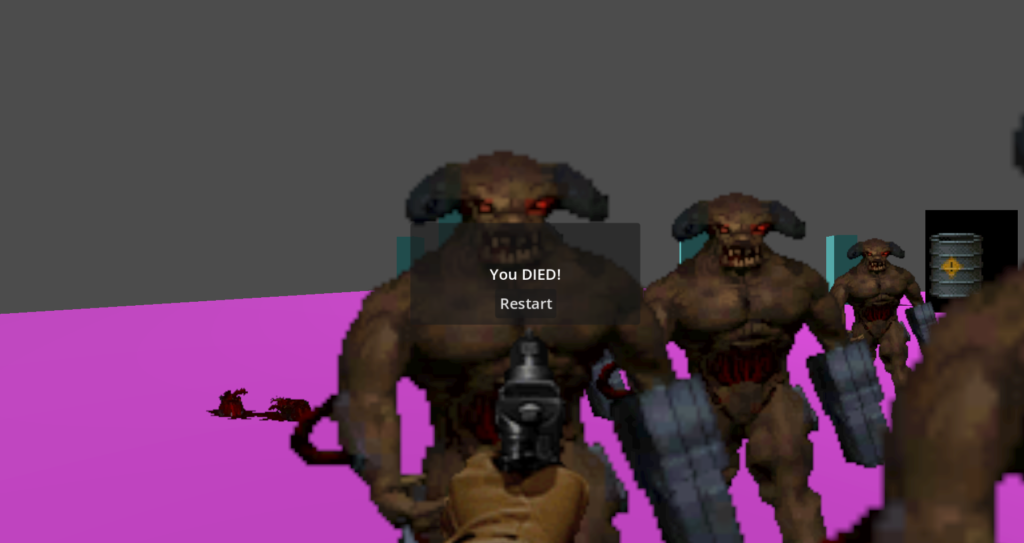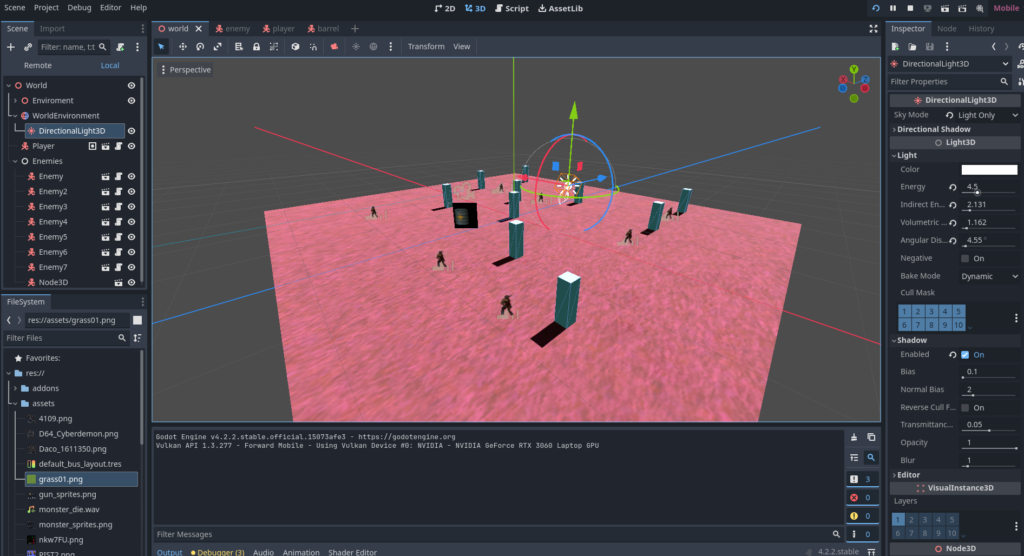Master Spotify Playlist Submissions with Google Dorking
In the ever-expanding universe of music streaming, Spotify playlists have become a powerful gateway for artists looking to amplify their reach and connect with new audiences. Yet, navigating the labyrinth of playlist submissions can be daunting. Enter Google Dorking—a unique and effective approach that can help you master the art of getting your music onto those coveted playlists. This article will explore how you can unleash your music’s potential via Spotify playlists and harness the power of Google Dorking for successful submissions.
Unleash Your Music’s Potential with Spotify Playlists
In today’s digital age, Spotify playlists hold tremendous sway over music discovery and artist promotion. They serve as modern-day tastemakers, curating music for millions of users worldwide. For artists, getting featured on a popular playlist can be a game-changer, opening doors to new fan bases and opportunities. The key to maximizing your potential on Spotify lies in understanding the playlist ecosystem and strategically positioning your music for increased visibility.
The variety of playlists on Spotify is staggering, ranging from algorithmic collections like Discover Weekly to editorial playlists curated by Spotify’s team, and user-generated playlists. Each category offers unique benefits. Algorithmic playlists use data-driven insights to match listeners with music they might love, while editorial and user-generated playlists can provide a more personalized touch, often spotlighting emerging talents. Artists should aim to diversify their presence across these different types of playlists to broaden their reach.
Networking plays a crucial role in playlist submissions. Building relationships with curators, whether they are professionals at Spotify or passionate music enthusiasts, can be invaluable. Engaging with these individuals on social media, attending music industry events, and participating in online music communities can help artists get their foot in the door. It’s not just about submitting your music; it’s about telling your story and demonstrating why your tracks deserve a place on their playlists.
Discover Google Dorking for Playlist Submissions
Google Dorking, an advanced search technique, can transform the way artists approach playlist submissions. This method uses specific search queries to unearth hidden gems on the internet, such as contact information of playlist curators or submission forms that are not easily accessible through standard searches. By employing Google Dorking, artists can uncover opportunities that might otherwise be overlooked, giving them a competitive edge in the crowded music landscape.
To effectively utilize Google Dorking, artists should familiarize themselves with the basics of advanced search operators. Commands such as “site:”, “intitle:”, or “inurl:” can be combined to locate curated playlists and contact details that are otherwise buried deep within the web. For instance, using a search query like “site:spotify.com ‘playlist submissions’” may reveal playlists actively seeking new music. This method allows artists to target their submissions efficiently, reaching out directly to the curators who are most likely to appreciate their genre or style.
However, it’s essential to approach Google Dorking with respect and responsibility. The technique should be used ethically, ensuring that any discovered contact information is handled with professionalism. When reaching out to curators, artists should personalize their communication, demonstrating that they’ve researched the playlist and understand its audience. This personalized approach can significantly increase the chances of a favorable response, making Google Dorking a valuable tool in an artist’s promotional arsenal.
In the quest for musical success, mastering Spotify playlist submissions can be a pivotal step for artists. By combining an understanding of the playlist ecosystem with innovative strategies like Google Dorking, musicians can unlock new opportunities and expand their reach. The power to connect with curators, diversify playlist placements, and engage with audiences in meaningful ways is within reach. Embrace these strategies, and you’ll be well on your way to unleashing your music’s full potential.
